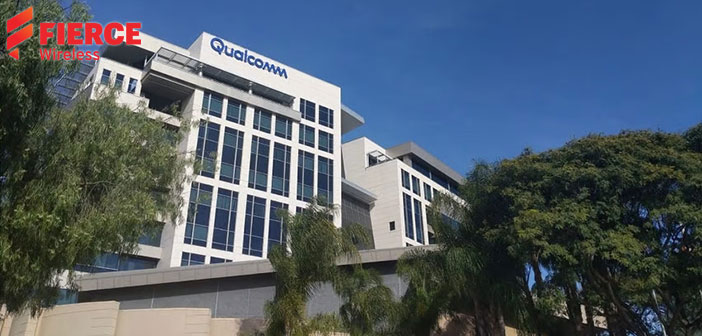09
Nov
Qualcomm, Arm legal spat regarding Nuvia becomes more bitter

When the legal struggle between long-term allies Qualcomm and Arm became public, everybody thought it was an innocuous case that would quickly settle. Although I believe that is still the case, the recent uptick in hostilities points to a more convoluted battle.
It all started when Qualcomm announced and finally acquired processor design startup Nuvia in 2021. Nuvia was developing a new CPU architecture that it claims is superior to anything in the market. Qualcomm has publicly stated that it will use Nuvia designs and the team for its entire portfolio, including smartphones, tablets, PCs, Automotive, IoT and others.
Nuvia’s designs run Arm’s instruction set. It had an Instruction Set Architecture (ISA) license from Arm, with certain licensing fees. This license is also known as Architecture License Agreement (ALA) in legal documents. Since Qualcomm also has an ALA with Arm, with a different licensing fee structure, there is a difference of opinion between Qualcomm and Arm on which contract should apply to Nuvia’s current designs and its evolutions.
If you want to know more about the types of licensing Arm offers and other details, check out this article.
According to the court documents, the discussions between Qualcomm and Arm broke down, and unexpectedly, Arm unilaterally canceled Nuvia’s ALA and asked it to destroy all its designs. It even demanded Qualcomm not to use Nuvia engineers for any CPU designs for three years. Arm officially filed the case against Qualcomm on August 31, 2022.
Qualcomm filed its reply on September 30, 2022, summarily rejecting Arm’s claims. Following that, on October 26, 2022, Qualcomm filed an amendment alleging that Arm misrepresented Qualcomm’s license agreement in front of Qualcomm’s customers. Further, it asked the court to enjoin Arm from such actions.
Why is Arm really suing Qualcomm? Is it about the PC market?
Easy question first. No, it’s not just about the PC market. Qualcomm’s intention to use Nuvia designs across its portfolio is an issue for Arm.
Qualcomm has both ALA and Technology License Agreement (TLA) with Arm. The former is required if you are using only Arm’s instruction set, and the latter if you use cores designed by Arm. TLA fees are magnitudes higher than ALA. Qualcomm currently uses Arm cores and TLA licensing. According to Strategy Analytics analyst Sravan Kundojjala, it pays an estimated 20 – 30 cents per chip to Arm.
Since Qualcomm negotiated the contract years ago, its ALA rate is probably very low. So, if Qualcomm adopts Nuvia designs for its entire portfolio, it will only pay this lower ALA fee to Arm. For Arm, that puts all the revenue coming from Qualcomm at risk. That is problematic for Arm, especially when it is getting ready for its IPO.
With the Nuvia acquisition, Arm saw an opportunity to renegotiate Qualcomm’s licensing contract. Moreover, Nuvia’s ALA rate must be much higher than Qualcomm’s. That is because of two reasons. First, Nuvia was a startup with little negotiation leverage. And second, it was designing higher-priced, low-volume chips, whereas Qualcomm primarily sells lower-priced, high-volume chips. So, it is in Arm’s favor to insist Qualcomm pay Nuvia’s rate. But Qualcomm disagrees, as it thinks its ALA covers Nuvia designs.
Core questions of the dispute
Notwithstanding many claims and counterclaims, this is purely a contract dispute and boils down to these two core questions:
-
Does Nuvia’s ALA require mandatory consent from Arm to transfer its designs to a third party, Qualcomm?
-
Does Qualcomm’s ALA cover the designs they acquire from a third party, in this case, Nuvia?

0 comments